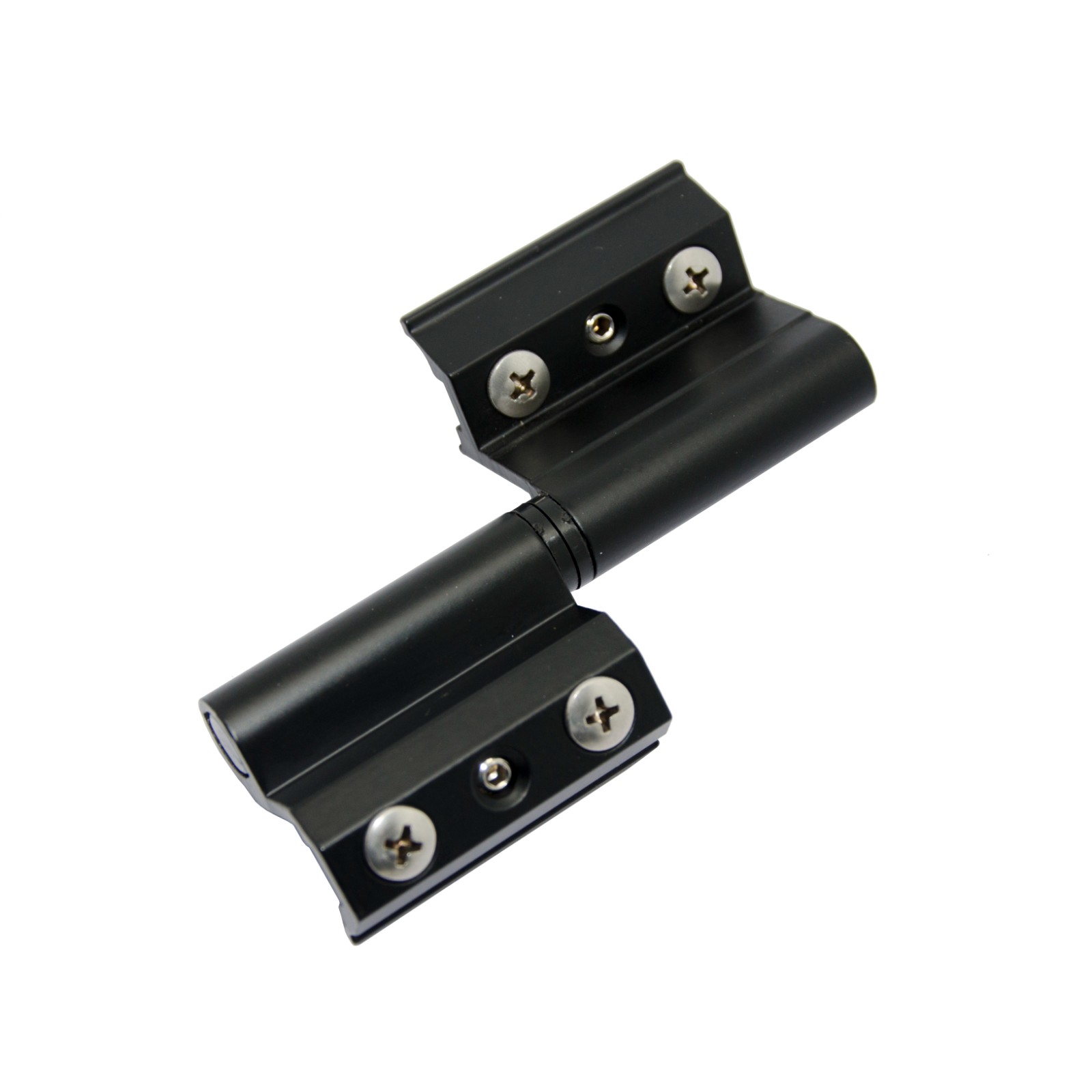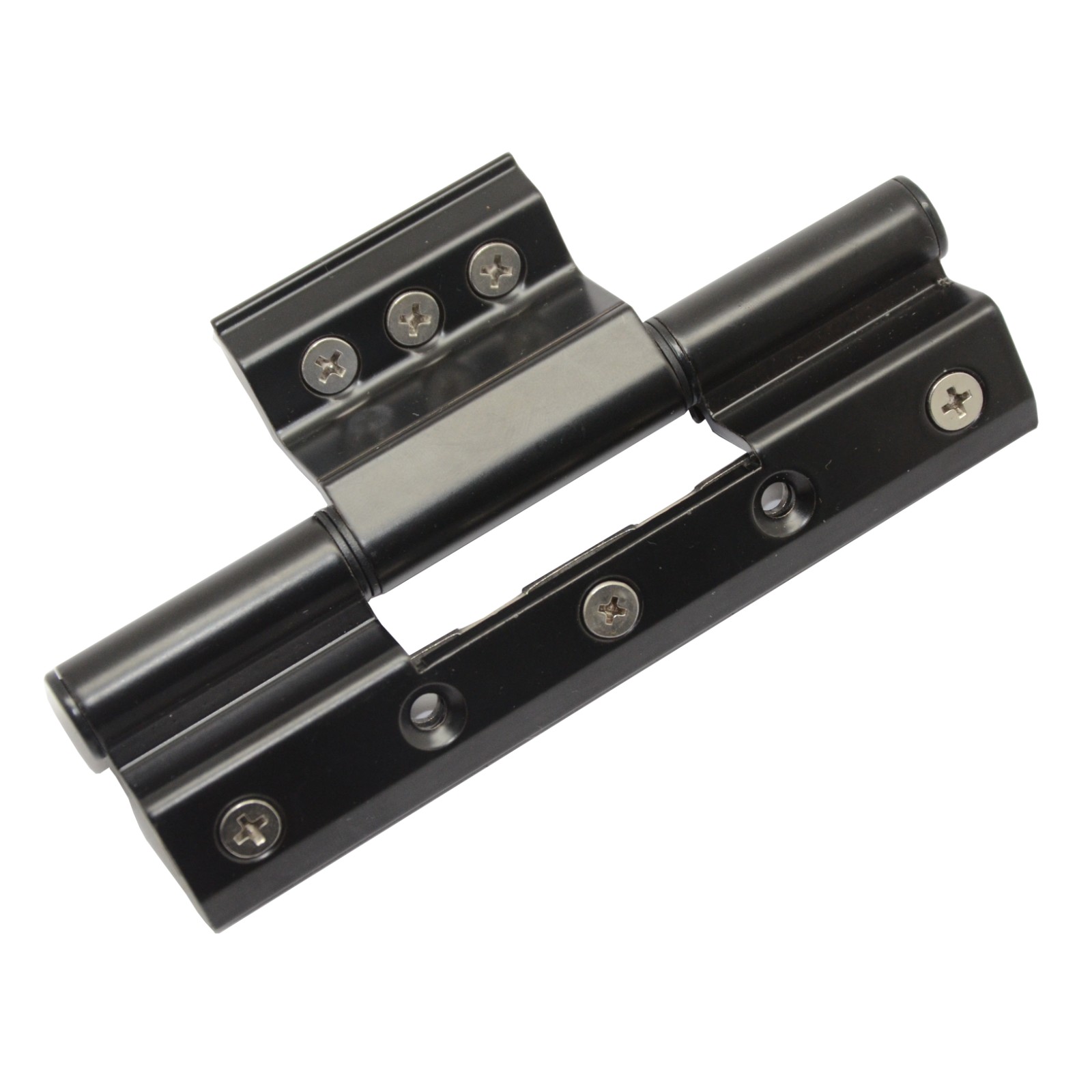Selecting the perfect hinges for your windows and doors is crucial for ensuring smooth operation, long-term durability, and security. With various types and materials available, making the right choice depends on several factors, including the door/window type, weight, frequency of use, and environmental conditions. Here’s a comprehensive guide to help you pick the best hinges for your project.
1. Determine the Hinge Type Based on Application
Hinges come in different designs, each suited for specific functions:
Butt Hinges: The most common type, used for standard doors and windows. They consist of two leaves joined by a pin and are ideal for wooden or lightweight aluminum frames.
Pivot Hinges: Often used for heavy doors or frameless glass doors, allowing rotation at the top and bottom rather than the side.
Concealed Hinges: Popular in modern designs, these are hidden when the door is closed, offering a sleek appearance. They are common in high-end aluminum or uPVC windows.
Continuous (Piano) Hinges: Run the entire length of the door, distributing weight evenly—ideal for heavy-duty or high-traffic doors.
Friction Hinges: Allow windows to stay open at any angle, commonly used for tilt-and-turn or casement windows.
2. Consider Material and Durability
Hinges must withstand daily wear and tear, so material selection is critical:
Stainless Steel: Highly resistant to corrosion, making it perfect for exterior doors and coastal areas.
Brass: Offers good durability and an attractive finish but is less strong than steel.
Zinc Alloy: A cost-effective option for interior doors but less durable in harsh conditions.
Aluminum: Lightweight and rust-resistant, often used for aluminum window systems.
For outdoor or high-moisture environments, opt for hinges with protective coatings like powder coating or anodizing.
3. Assess Load Capacity and Size
The hinge must support the door/window weight without sagging or wearing out prematurely.
Weight Rating: Check the manufacturer’s specifications to ensure the hinge can handle the load.
Number of Hinges: Standard doors typically require three hinges (top, middle, bottom), while heavier doors may need four or more.
Thickness and Dimensions: Ensure the hinge fits the door/window frame without causing misalignment.
4. Evaluate Security Features
For external doors, security is a priority:
Non-removable Pins: Prevent intruders from lifting the door off its hinges.
Ball Bearing Hinges: Offer smoother operation and are harder to force open.
Heavy-Duty Construction: Reinforced hinges resist tampering and forced entry.
5. Match the Aesthetic and Functionality
Hinges should complement the design while ensuring smooth operation:
Finish: Choose from polished, brushed, or matte finishes to match the hardware style.
Noise Reduction: Soft-close or dampened hinges reduce slamming noise.
Adjustability: Some hinges allow fine-tuning for perfect alignment after installation.
6. Installation and Maintenance
Proper installation ensures longevity:
Pre-drilling Holes: Prevents wood or metal from splitting.
Regular Lubrication: Keeps hinges operating smoothly, especially in high-use areas.
Inspection: Periodically check for loose screws or corrosion.
Final Tips for Selection
For aluminum windows and doors, choose corrosion-resistant hinges with smooth movement.
For heavy wooden doors, opt for robust steel or brass hinges with ball bearings.
For modern minimalist designs, concealed hinges provide a clean look.
By considering these factors, you can select hinges that enhance functionality, security, and aesthetics.



